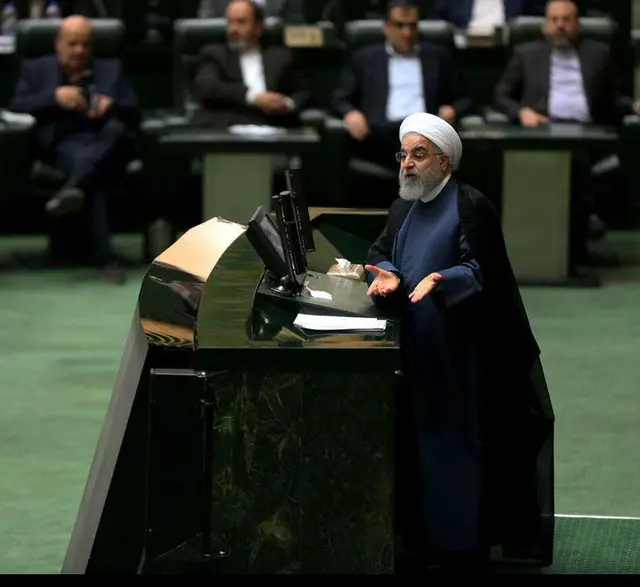Visitors walk at the fog-enveloped Temple of Heaven in Beijing, capital of China, Jan. 12, 2013. Heavy fog hit Beijing on Saturday. (Xinhua/Li Wen)
Poor air quality in some cities of China, particularly in the capital Beijing, has hit international headlines and it is a problem which big cities in industrialized countries have repeatedly come up against for decades.
Beijingers suffered from heavy smog for days until Wednesday, when a cold front with wind dispersed it.
The air quality indices were off the charts during the days, exceeding the "maximum" level of 500 in the city, as well as many other cities in central and north China.
China can learn from the problems of air pollution which developed countries experienced and how those problems were tackled.
One of the most infamous smog incidents was in London in 1952. The Great Smog as it came to be called was recognized as bad immediately when it happened in December 1952, but it was several weeks before it was realized that it had killed 4,000 people.
Experts have since revised the death toll upwards to 12,000.
How did London get into that position and what did it do to tackle it?
Industrial revolution
Britain's industrial revolution had been fuelled by coal, but even before that time London had earned the nickname "The Smoke", which is still in use today.
Travellers to the city from the surrounding countryside could see a haze of smoke above the city from miles away, telling them they were getting closer to their destination.
When railways came and boosted the industrial revolution into overdrive, they too were powered by coal, and their suitability for carrying large amounts of raw materials -- like coal -- cheaply, reduced fuel prices and stimulated massive industrial growth.
London became famous in the Victorian era for its fogs, and most of these were heavily polluted. The Sherlock Holmes novels of Arthur Conan Doyle popularized the fogs, known as London Particular or pea soupers, and the murders of Jack the Ripper in London's East End are imagined in popular folklore to have taken place under cover of the fog and of darkness.
But the fogs were a far bigger killer than ever the Ripper was. In 1873, 200 people died in a single week of fog, and in one week in 1880 the total was 2,000. By the end of the 19th century London had 90 days of fog each year.
The great smog
By the time of the December 1952, smog by far the most commonly used fuel was still coal.
Coal for domestic fuel was of poor quality with a high sulphur content, with most of the high quality coals going for export to bolster Britain's shaky balance sheet which tottered near bankruptcy in the wake of the costs of the Second World War.
There were estimated to be 12 million homes burning coal for heating, and almost all of the country's 20,000 railway locomotives were steam powered.
In the center of London there were five power stations scattered along the length of the Thames, all of them in densely populated areas and all of them burning coal.
That December, warm air blew in from the Gulf Stream in the Atlantic and then halted over London. Beneath it was trapped cold air earlier drawn into the low-lying Thames Valley.
With the warm air holding the cold air in place it was only a matter of time for the smoke produced by the city to become trapped, and the stage was set for the grandest pea souper ever and a public health disaster that was to change attitudes to the environment and pollution.
Eye-witness Donald Acheson, a doctor at a hospital in the center of London at the time, recalled his memories of the Great Smog.
"Sufficient ambulances got to us to deliver patients to take up every available bed. The fog itself swirled into the wards, and seemed to consist principally of smuts, so that the wash basins and baths turned darker and darker grey, until it was possible literally to write one's name on them which I actually did," he said.
Acheson also remembered that the smog was so thick that he got lost in the street outside the hospital, an area he knew very well, and had to feel his way down the street along a wall until he could find a sign with the name of the road on it.
Sporting events across the entire region were cancelled. Cinemas were shut down, as well as theaters because the smog got indoors and audiences could not see performances clearly.
Trains ran on reduced timetables and almost all road transport stopped. Ambulances taking people affected by the smog to hospital had to be led there by people walking along the street in some cases.
First green legislation
Government reaction to the Great Smog was slow, but public concern and action by legislators eventually led to new laws.
The Clean Air Acts of 1956 and 1968 were introduced to deal with the smogs.
The Acts gave local authorities powers to control emissions of dark smoke, grit, dust and fumes from industrial premises and furnaces and to declare smoke control areas in which emissions of smoke from domestic properties were banned.
Since then, smoke control areas have been introduced in many large towns and cities across Britain.
The implementation of smoke control areas, the increased popularity of natural gas and the changes in the industrial and economic structure of the UK led to a substantial reduction in concentrations of smoke and associated levels of sulphur dioxide between the 1950s and the present day.
These Acts, together with other associated clean air legislation, were repealed and consolidated by the Clean Air Act in 1993 which provides the current legislative controls.
 简体中文
简体中文

